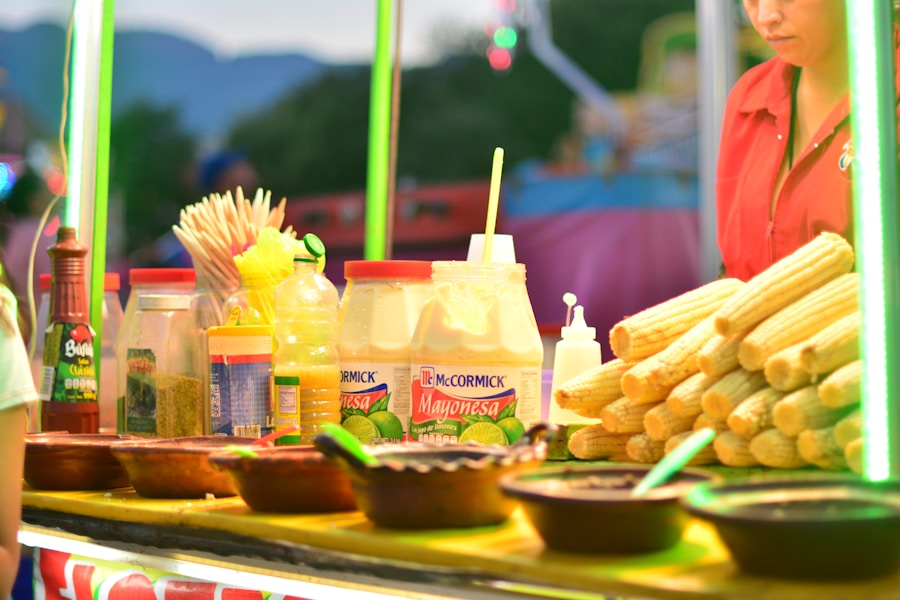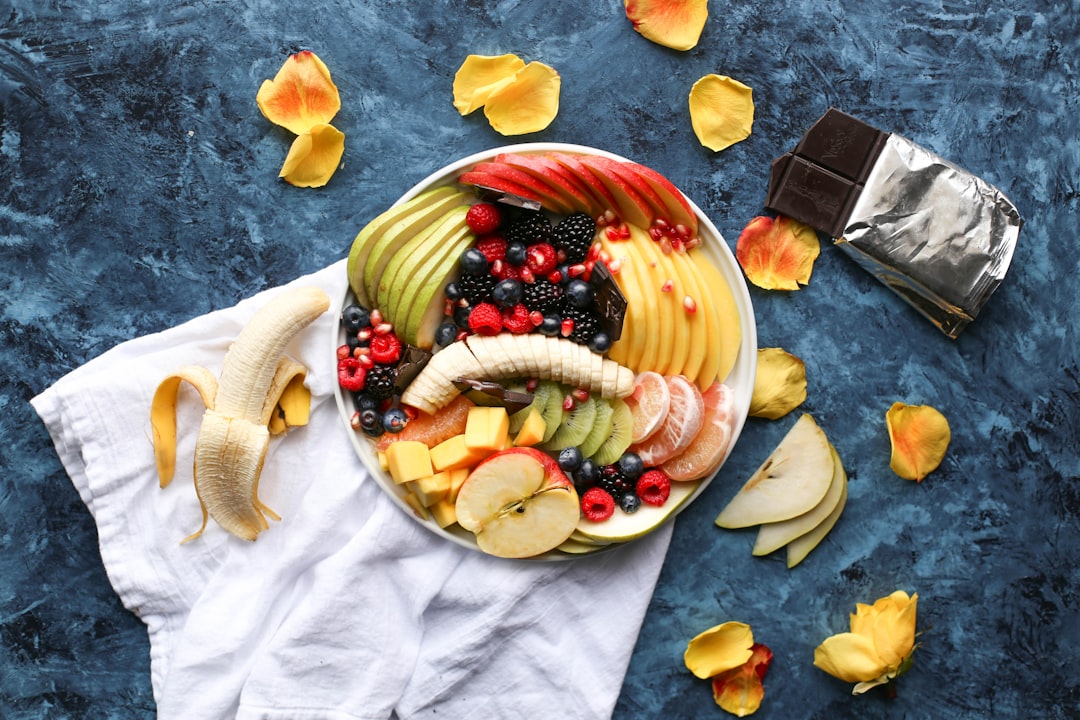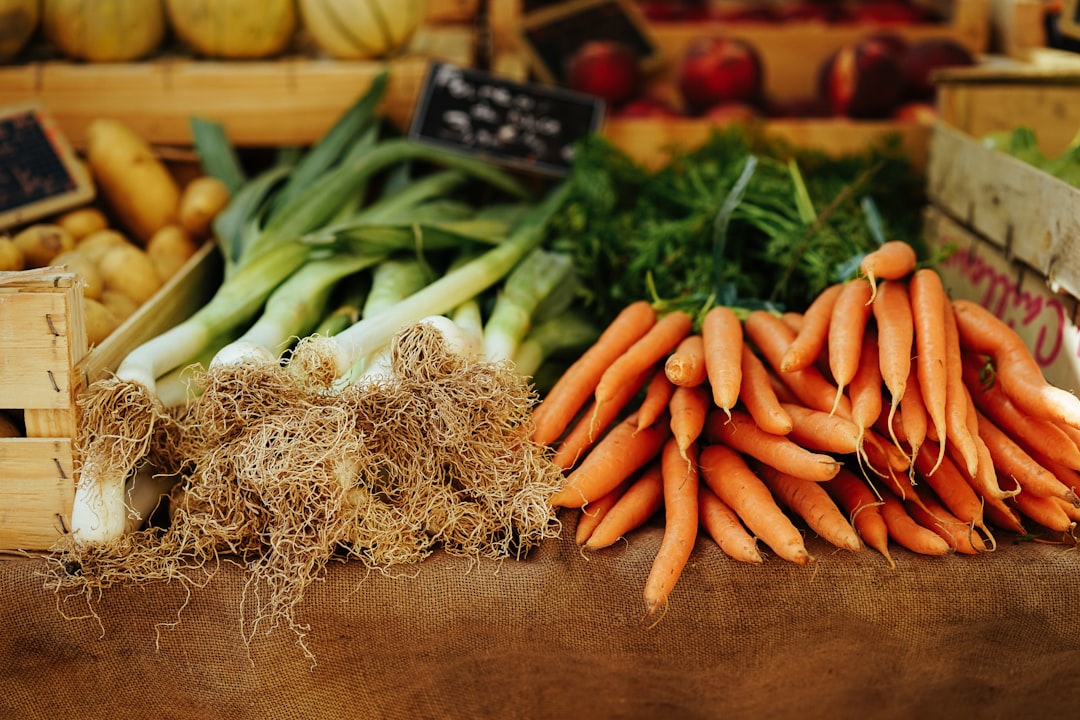Festival foods are an integral part of cultural celebrations around the globe, serving not only as sustenance but also as a means of expressing identity, tradition, and community spirit. These culinary delights often reflect the history and values of the people who create them, showcasing local ingredients and age-old recipes passed down through generations. From the vibrant street stalls of Southeast Asia to the grand feasts of European harvest festivals, festival foods are a celebration of life, culture, and togetherness.
They evoke a sense of nostalgia and joy, often associated with cherished memories of family gatherings and communal festivities. The significance of festival foods extends beyond mere nourishment; they are a symbol of cultural heritage and pride. Each dish tells a story, encapsulating the essence of a community’s history, beliefs, and customs.
As people gather to partake in these culinary experiences, they engage in a shared ritual that strengthens social bonds and fosters a sense of belonging. Whether it’s the spicy aromas wafting through the air at a summer fair or the sweet scents of baked goods during winter holidays, festival foods create an atmosphere of celebration that transcends language and geography.
Key Takeaways
- Festival foods are an integral part of cultural celebrations around the world, bringing people together to enjoy unique and delicious dishes.
- The history of festival foods dates back centuries and is often rooted in tradition, with recipes passed down through generations.
- Popular festival foods around the world include dishes like churros from Spain, mooncakes from China, and beignets from New Orleans.
- Unique and unusual festival foods can be found at events like the Texas State Fair, where deep-fried butter and fried Coca-Cola are among the offerings.
- Festival foods play a key role in bringing communities together, fostering a sense of unity and shared experience through the act of eating and celebrating.
History of Festival Foods
The origins of festival foods can be traced back to ancient civilizations, where communal feasting played a vital role in religious and social gatherings. In many cultures, food was not only a source of sustenance but also a means of honoring deities and celebrating seasonal changes. For instance, the ancient Greeks held festivals such as the Dionysia, where wine and bread were offered to the god Dionysus, symbolizing fertility and abundance.
Similarly, in ancient Rome, the Saturnalia festival featured lavish banquets that celebrated the winter solstice, emphasizing themes of renewal and community. As societies evolved, so did their culinary traditions. The Middle Ages saw the rise of harvest festivals across Europe, where communities would come together to celebrate the bounty of the land.
These events often included feasting on locally sourced ingredients, with dishes that highlighted seasonal produce. The tradition of sharing food during festivals became a way to strengthen community ties and foster cooperation among neighbors. Over time, these practices were influenced by trade routes and cultural exchanges, leading to the diverse array of festival foods we see today.
Popular Festival Foods Around the World

Across continents, festival foods vary widely in ingredients, preparation methods, and cultural significance. In India, for example, Diwali is celebrated with an array of sweets known as mithai, which are made from ingredients like milk, sugar, and nuts. These treats symbolize prosperity and are often exchanged among friends and family as a gesture of goodwill.
Similarly, during the Chinese New Year, dumplings are a staple dish, representing wealth and good fortune for the coming year. In Mexico, the Day of the Dead (Día de los Muertos) is marked by vibrant altars adorned with offerings, including pan de muerto—a sweet bread shaped like skulls or bones. This bread is not only a culinary delight but also serves as a reminder of the cycle of life and death.
In contrast, in Germany, Oktoberfest is synonymous with pretzels and sausages, where beer gardens overflow with revelers enjoying hearty fare that reflects the region’s agricultural heritage. Each of these examples illustrates how festival foods are deeply intertwined with cultural practices and beliefs.
Unique and Unusual Festival Foods
| Festival | Unique Food | Country |
|---|---|---|
| La Tomatina | Tomato Fight | Spain |
| Oktoberfest | Bratwurst | Germany |
| San Fermin | Bull’s Tail Stew | Spain |
| Mid-Autumn Festival | Mooncakes | China |
| Diwali | Samosa | India |
While many festival foods are beloved staples within their respective cultures, some dishes stand out for their uniqueness or unusual ingredients. For instance, in Japan, the Kanamara Matsuri or “Festival of the Steel Phallus” features phallic-shaped foods such as candied apples and rice cakes. This quirky celebration is rooted in fertility rites and aims to promote sexual health awareness.
The playful nature of these foods adds an element of humor to the festivities while also addressing serious themes. Another example can be found in Iceland during Þorrablót, a midwinter festival where traditional foods such as fermented shark (hákarl) and sheep’s head are served. These dishes may seem unappetizing to outsiders but are steeped in history and reflect the resourcefulness of Icelandic ancestors who relied on preservation methods to survive harsh winters.
Such unusual festival foods challenge perceptions and invite adventurous eaters to explore new culinary landscapes.
How Festival Foods Bring Communities Together
Festival foods serve as a powerful catalyst for community bonding and social interaction. When people gather to celebrate with food, they engage in shared experiences that foster connections among individuals from diverse backgrounds. The act of preparing and sharing meals creates opportunities for storytelling and cultural exchange, allowing participants to learn about each other’s traditions and histories.
In many cultures, communal cooking is an essential aspect of festival celebrations. For example, during Ramadan, families come together to prepare iftar meals that break the daily fast. This practice not only nourishes the body but also strengthens familial ties and reinforces community solidarity.
Similarly, in Italy during Ferragosto, families often gather for large outdoor feasts featuring regional specialties. These gatherings create an atmosphere of joy and camaraderie that transcends individual differences.
The Art of Festival Food Preparation

The preparation of festival foods is often regarded as an art form that requires skill, patience, and creativity. Many traditional recipes involve intricate techniques passed down through generations, reflecting the dedication and craftsmanship of those who create them. For instance, making tamales—a staple during Mexican celebrations—requires meticulous attention to detail as masa (corn dough) is carefully spread onto corn husks before being filled with various ingredients and steamed to perfection.
In addition to technical skills, festival food preparation often involves a deep understanding of flavors and ingredients. Chefs and home cooks alike experiment with spices, herbs, and cooking methods to create dishes that resonate with their cultural heritage while also appealing to contemporary palates. This fusion of tradition and innovation is evident in many modern festival foods that incorporate global influences while maintaining their cultural roots.
Festival Food Trends and Innovations
As culinary landscapes evolve, so too do festival food trends that reflect changing tastes and societal values. One notable trend is the increasing emphasis on sustainability and local sourcing in festival food preparation. Many festivals now prioritize using organic ingredients from local farmers or vendors to reduce their carbon footprint while supporting regional economies.
This shift not only enhances the quality of the food but also fosters a sense of community among producers and consumers. Another innovation is the rise of plant-based festival foods that cater to growing dietary preferences for vegetarianism and veganism. Festivals around the world are embracing this trend by offering creative plant-based alternatives to traditional dishes.
For example, at music festivals like Coachella in California, food vendors showcase gourmet vegan options that appeal to health-conscious attendees without sacrificing flavor or presentation. This evolution reflects broader societal shifts towards inclusivity and sustainability in culinary practices.
Must-Try Festival Foods from Different Cultures
Exploring festival foods from various cultures offers a delightful journey through flavors and traditions that define each community’s identity. In Thailand, during Songkran—the traditional New Year celebration—people enjoy khao chae, a refreshing dish made from rice soaked in jasmine-scented water served with an array of side dishes like fried shrimp paste balls. This dish embodies the spirit of renewal associated with the New Year.
In Ethiopia, during Timkat—the Epiphany celebration—injera (a sourdough flatbread) is served with doro wat (spicy chicken stew) in a communal platter known as a mesob. This sharing style emphasizes unity among participants as they gather around the table to enjoy their meal together. In conclusion, festival foods are more than just culinary delights; they are vibrant expressions of culture that bring people together in celebration.
From their historical roots to contemporary innovations, these dishes reflect the rich tapestry of human experience across different societies. Each bite tells a story—of tradition, community, and shared joy—making festival foods an essential part of our global heritage.



